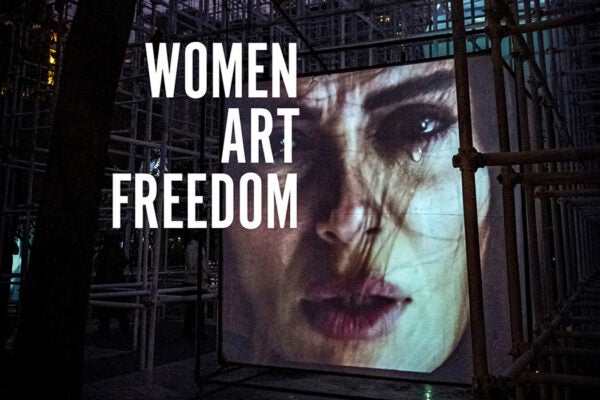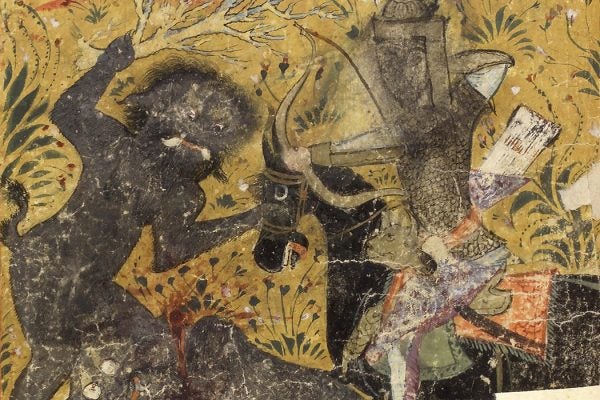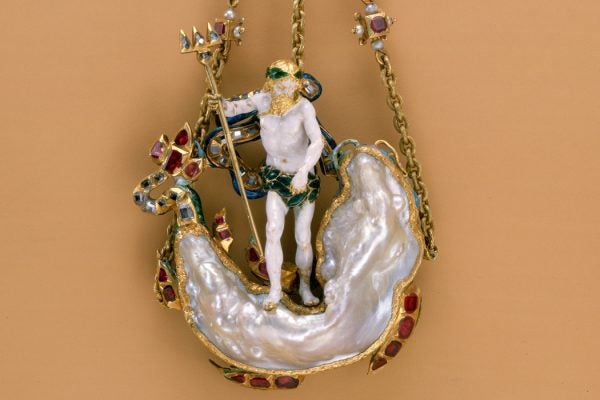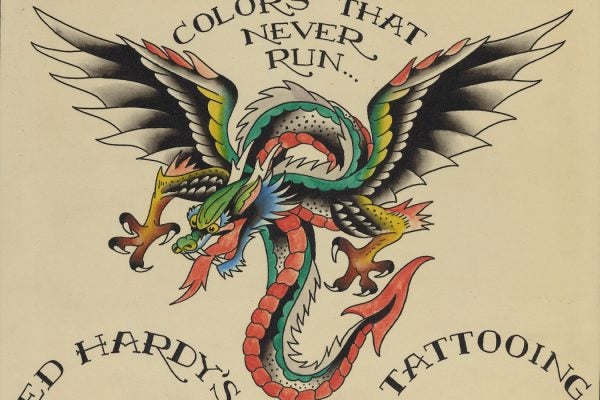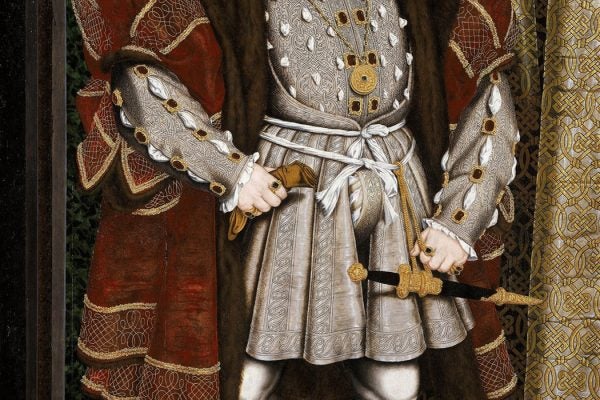Iran: Creativity in the Aftermath of Uprising
Pamela Karimi’s new book examines how Iran’s “Women, Art, Freedom” protest movement has influenced the country’s artists and their work.
Real Fake/Fake Real: Pro-Wrestling’s Kayfabe Conundrum
An anthropologist takes on pro-wrestling at the intersection of gig-economy precariousness and post-truth politics.
Human Remains and Museums: A Reading List
Questions over their value for research conflict with the ethics of possessing the dead, especially when presenting human remains in the setting of a museum.
Life with a Jinni
A jinni in the home can help a Muslim explore religious tenets, but it may also interfere with the direct relationship between human and god.
On Drugs and Harm Reduction with Maia Szalavitz
Author of Undoing Drugs and NYT columnist Szalavitz talks history, science, media shifts, politics, and how the US might mitigate its overdose crisis.
Don’t Cry for Me, North Korea
Western media outlets were obsessed with whether North Koreans were truly sad about Kim Jong-il's death. Why?
The Lumpy Pearls That Enchanted the Medicis
There’s a specific term for these irregular pearls: “baroque,” from the Portuguese barroco.
Ed Hardy Changed Tattooing Forever
Trained as a printmaker, this artist helped change American tattooing from a fringe behavior into an art form people use to express themselves.
Should Museums Display Shrunken Heads?
Tsantsas, or shrunken human heads, remind us of how museums have often been founded on a violent trade in indigenous culture.
The Codpiece and the Pox
A brief history of the codpiece, that mysterious garment favored by 16th-century gents who just may have been covering up their cases of syphilis.
